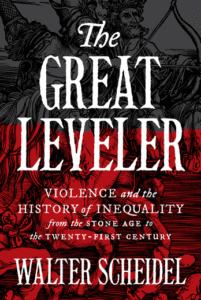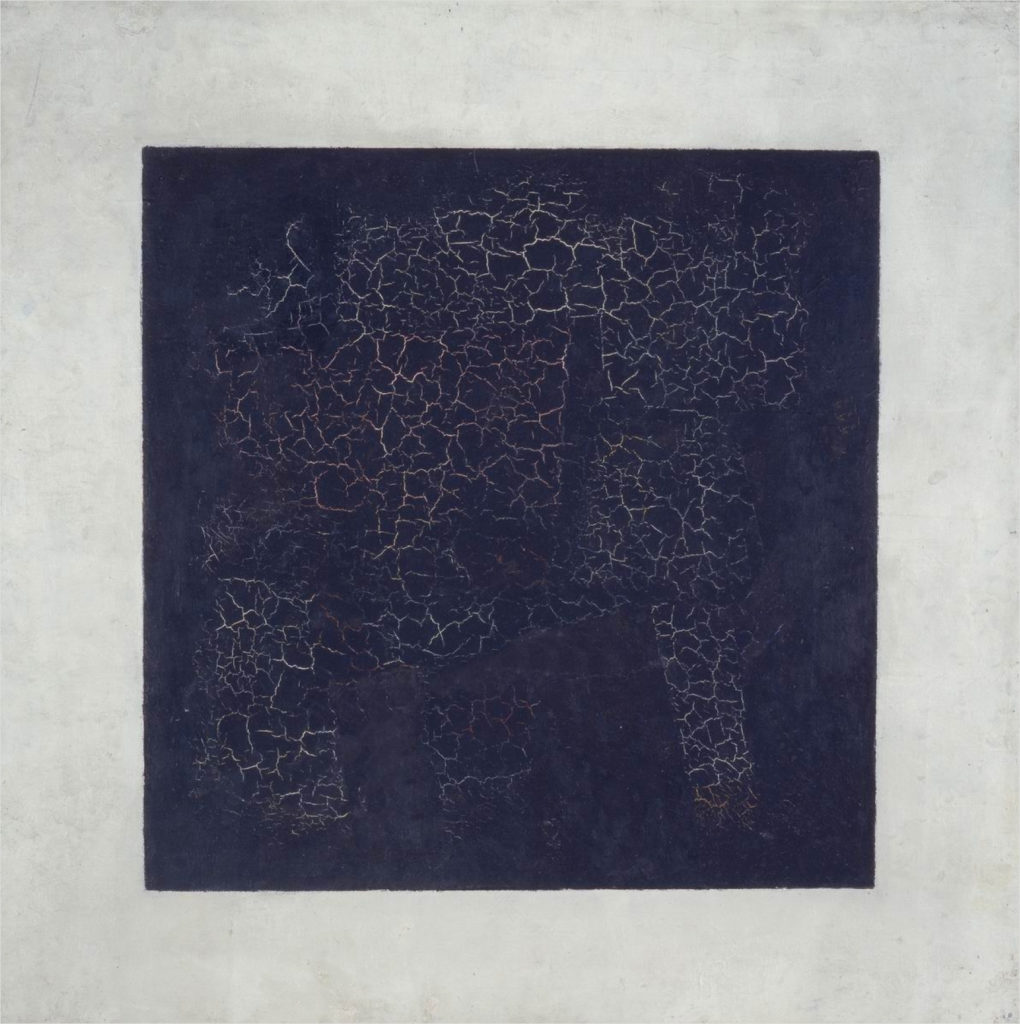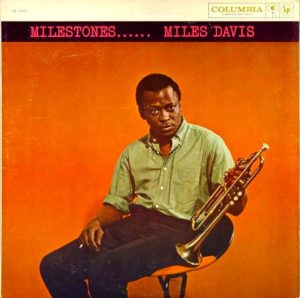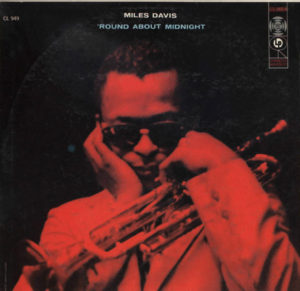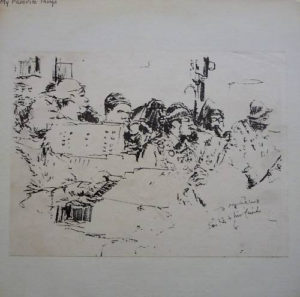Link to an article by Stephen Cooper:
Month: August 2017
Walter Scheidel – The Great Leveler
Walter Scheidel – The Great Leveler: Violence and the History of Inequality from the Stone Age to the Twenty-First Century (Princeton University Press 2017)
Ah, more liberal-conservative historical revisionist drivel. Scheidel’s book follows in the ignoble footsteps of Steven Pinker‘s moronic The Better Angels of Our Nature: Why Violence Has Declined and Carmen Reinhart and Kenneth Rogoff‘s discredited This Time Is Different: Eight Centuries of Financial Folly. That is to say it sidesteps and obscures crucial philosophical and ideological (and moral) questions in favor of lots and lots of quantitative data, analyzed with dubious methodologies.
I didn’t actually read this book. What I did do is a litmus test. I looked up anything about the Bolshevik revolution in the index, and read those pages. Scheidel cites Niall Ferguson (!!!!) primarily, and, in much the same way soviet history scholar Moshe Lewin has eloquently described regarding similar writings, engages in the lowest kind of anti-communist propaganda by singling out isolated incidents stripped of context and presenting them as representative.
Fortunately there is a book that already existed to (premptively) rebut Scheidel’s: War and Revolution: Rethinking the 20th Century, by Domenico Losurdo, which aimed to offer a “vigorous riposte” to “imperial revivalists”. The aim of Scheidel and his ilk is to assert that “there is no alternative” to inequality, and anything that redresses inequality (i.e., revolution) cannot be contemplated. But why can’t it be contemplated? Scheidel does not engage this question in any serious way. But that is his aim: to bracket that question out of consideration and normalize the “structural violence” of actually-existing inequality, by lamenting it from a distance but taking any pragmatic solutions to it off the table. He is not concerned with the horrors of the status quo, only the alleged horrors that accompany any change of the status quo. To put it more bluntly, The Great Leveler is nothing but an apology for the status quo. As Robespierre put it long ago in response to odious fools much like Scheidel with their cynical “humanitarian” concerns, “A sensibility that wails almost exclusively over the enemies of liberty seems suspect to me. Stop shaking the tyrant’s bloody robe in my face, or I will believe that you wish to put Rome in chains.”
Take the opportunity to make a hard pass on Scheidel’s book and perhaps instead look to something by Losurdo.
Казими́р Мале́вич [Kazimir Malevich] – Черный супрематический квадрат [Black Square]
Shimamoto Shozo – Work
Link to the painting by Shimamoto Shozo:
David Crisp – News Fails to Report What’s Up With News
Link to an article by David Crisp:
Miles Davis – Milestones……
Miles Davis – Milestones…… Columbia CL 1193 (1958)
This is an album I never quite understood, at least until recently. Future Davis sideman Tony Williams loved it; I think he said it was a favorite. Others love it too. But why? For the most part, it’s fairly straightforward hard bop. I guess, in retrospect, the late 1950s weren’t exactly a fertile time for jazz music (other than for the likes of Sun Ra, Cecil Taylor and Ornette Coleman, that is, none of whom achieved any meaningful commercial success). It was generally a low point. Sure, there were some good albums that appeared at that time, but most players were still milking either hard bop or cool styles for all they were worth. The free players who hit big in the sixties either hadn’t fully developed their styles yet, or, more importantly, hadn’t found many recording or performance opportunities yet. Coltrane is here. Yet Coltrane was a good but unremarkable player in Davis’ first great quintet. He is starting to show signs of what he achieved on early albums like Giant Steps, but it was a few years after Milestones that Coltrane really became Coltrane.
What occurred to me recently was that this album represents and complacency and bourgeois aspirations of Miles and his associates. While the rollicking “Two Bass Hit” features a fun and playful riff, most of the material here relies on up-tempo rhythms to mask simplistic and thin ideas. Above all this music presents itself as the pinnacle of something — rather than, as history would later prove it to be, an anachronistic holdover from the be-bop era, sustained only by the suppression of the likes of Ornette Coleman. Put another way, this music presents a linear view of history as a straight march of progress in a particular direction, and obscures how it really is music that participates in a system of institutional/tribal power hierarchies. When Miles landed at Columbia Records, he was merely promoted within a fixed universe of possibilities. To put this criticism in a more substantive context, this is music still clinging to the model of Louis Armstrong and Charlie Parker, in which a black man like Miles was trying to prove himself to be talented, within an established institutional framework (similar to the “Talented Tenth” theory), whereas in the future, after the legal end of the Jim Crow era in America, there would be a great recognition that individual accomplishment within the existing system wasn’t enough — the whole system needed to be changed. Of course, eventually Miles got bored with this, and his boredom led to much better things that did challenge the whole system.
John D. Graham – Cave Canem
Link to the painting by John D. Graham:
Bonus link: “John D. Graham and ‘Another Way of Making Modern Art'”
Miles Davis – ‘Round About Midnight
Miles Davis – ‘Round About Midnight Columbia CL 949 (1957)
Miles’ first album for Columbia Records is a winner. While not quite as inspired as his last recordings for Prestige, which included the excellent Cookin’, Relaxin’ and Workin’ discs that for contractual reasons were released only later, this is a mere step behind them, and benefits from more high fidelity recording technology. The great advantage of the Prestige sessions is that they sound like those of a band that has nothing to lose and everything to gain from superb, heartfelt performances that follow their own muse. By contrast, ‘Round About Midnight sound more like the work of a talented band seeking to prove that the performers are worthy of the “big time”, so they show more deference. Anyway, this remains a very worthy collection of hard bop jazz — and album jacket covers hardly get cooler than this one.
Sun Ra and His Arkestra – Some Blues But Not the Kind Thats Blue
Sun Ra and His Arkestra – Some Blues But Not the Kind Thats Blue El Saturn 101477 (1978)
A collection of mostly standards. John Gilmore‘s playing on tenor sax is just lovely. The title track, “My Favorite Things,” “Nature Boy” and “Tenderly” are particularly notable. If you liked Bad and Beautiful this should also please you. What happens here, though, is that more Ra-isms are thrown into the mix. Often that is achieved with jumps between styles. So, for instance, exotic collective percussion is set starkly against mellow soloing. The group may only be blowing off steam with these tunes, but this is still eminently pleasant if slightly off-kilter jazz.
Richard Wolff – Beyond the Minimum Wage Debate
Link to an article by Richard Wolff:
“Beyond the Minimum Wage Debate: Let’s Move Toward a System That Works for All”

